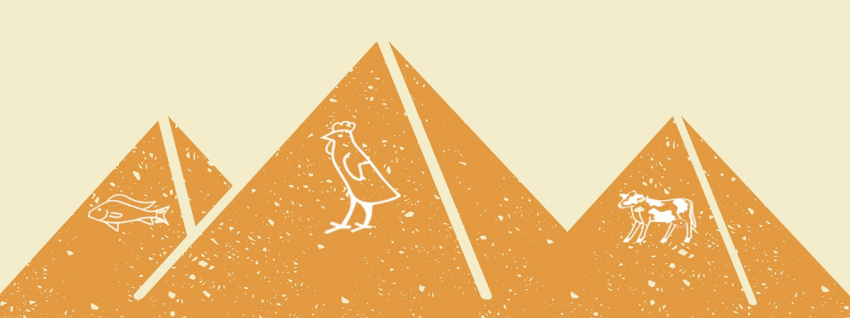Egypt: U.S. Soy’s New Jewel

An aquaculture industry on the cusp of exploding in the middle of a desert, coupled with poultry and dairy farms increasing in scale are just two of the reasons why Egypt is emerging as the fastest-growing buyer of U.S. soybeans.
Like many countries in the Middle East and North Africa region, Egypt has seen an increase in population with an uptick in people who want to add more protein to their diet. To meet that need, Egypt’s animal agriculture sector has expanded, creating a domino effect growing Egypt’s crush industry. Development and expansion have led to increased U.S. soy imports into the area. Egypt imported an average of 1 million metric tons over the past five years yet jumped to a whopping 2.4 million metric tons (90 million bushels) last year.
“We’ve seen major growth in the crush industry in Egypt,” says Brent Babb, U.S. Soybean Export Council (USSEC) regional director for the Middle East and North Africa region. “As the animal ag sector continues to grow, their demand for U.S. soy is going to continue to increase as well.”
U.S. soy is optimistic that this growth will continue, thanks in part to intensive pond raceway systems (IPRS), a new aquaculture system developed by the soy checkoff and USSEC. Demonstrations of IPRS are currently underway in Egypt. As IPRS adoption rates increase, Egypt’s aquaculture sector, and in turn soy-based aquaculture feeds, will expand.
The dairy industry in the region is also expected to see growth. USSEC sees increasing opportunity to step in, providing information and support to dairy producers and nutritionists.
“The dairy sector in this region is so hungry for knowledge, information and connections to help them with their business especially as they look for creative ways to increase energy in their rations,” says John Motter, soybean farmer from Ohio and former USB chair. “It’s exciting that U.S. soybean farmers and our farm-led organizations can play a role in fulfilling that need.”
Across all species in Egypt, USSEC works specifically on nutrition and biosecurity. One example is an exchange program that brings representatives from Egypt’s animal ag sector for training at the University of Florida, then the experts involved in the training travel to Egypt for onsite, one-on-one meetings to work on specific issues.
Feed mills in the Middle East are mostly family owned, so personal relationships are critical. USSEC offers access to resources and connections to experts who can address specific issues the feed companies may face.
While Egypt’s soybean-consuming animals are growing in number, this country has been a trade center since the ancient pyramids and pharaohs. Located on the Mediterranean Sea and home to the Nile River and Suez Canal, Egypt’s location is rapidly becoming a strategic asset for the distribution of U.S. soybeans and other agricultural products.
With many industries, the pattern around the world is a rising concern with sustainable growing practices. USSEC can use U.S. soy’s long history of sustainability as a service and differentiator in this expanding market.
“As this market grows, we’re getting ahead of the sustainability demands by providing SSAP verification before it’s a standard request,” adds Babb. “It’s part of our commitment to serving this market.”



